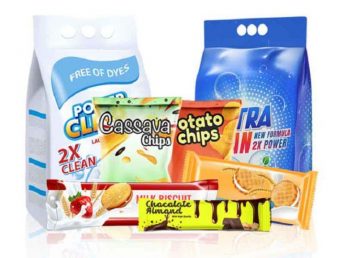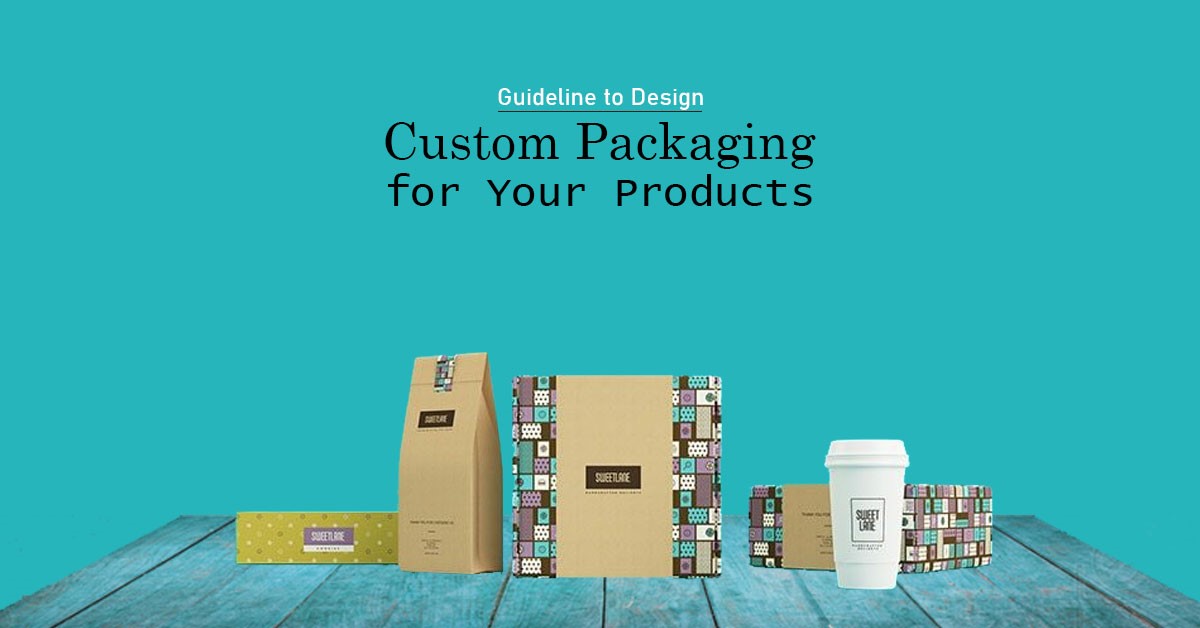How Versatile BOPP Film Can Be For Packaging!

With the ample amount of plastic packing and film components in the market, it’s tempting to put ace, and potentially yours. We consider the diverse demands of each circumstance to provide the best answer for each one. Polypropylene may be used as an option, but it forms its alternative films with all these preparation and processing methods. One kind of polypropylene is BOPP film. It’s an excellent option for various uses and one of the most extensively used packaging materials in the food sector which can be got at a cheap price from the China Bopp film manufacturer. And we’re going to explain why in this piece.
What is BOPP film, exactly?
Versatile. That’s precisely it. You’ll realize several packs and goods it can cover cost-effectively after comprehending the attributes supplied by its multiple production choices. You’ll also see why it’s one of the most widely utilized materials in the business.
What are the distinctions between plastic films?
Let’s start from the beginning. BOPP is a kind of polypropylene film. The PP bit stands for Parallel Processing, while the BO represents Biaxially Oriented. Below are a few types of BO,
- Polypropylene (PP) is a semi-crystalline thermoplastic material (sexy, right?) that is a petroleum product. It’s often produced in trays and bottles, and it’s widely utilized for automobile components in the automotive sector.
- Due to its un-oriented production technique, CPP (cast polypropylene) offers a more robust rip and impact resistance than BOPP. CPP is a soft material often used as an internal cloud to provide BOPP with a stronger seal. It’s utilized in rejoinder and pouch applications, especially when high-temperature resistance is needed.
- BOPP takes the technique forward by expanding the film in two different directions: machine and transverse. This results in a sturdy, glossy, transparent film used in any automated packaging process.
- Users of BOPP typically refer to it as OPP or polypropylene for short; however, it is BOPP or CPP if it goes through a normal packaging process.
Several polypropylene lamination options
Everything is packaged as a single product. Any products when it comes to plastic laminate, every BOPP film offers different characteristics and appearance depending on its requirement, barrier, and aesthetics, so that’d be no perspective on how we do what we do and what is ideal for the good or service, business, and the surroundings in the market place. Practical uses become nearly unlimited when parts are laminated together. A solvent-free adhesive is used in the laminating process.
Read Also: Follow These Tips to Generate Sales on Social Media
What distinguishes BOPP film from other films!
Several factors contribute to BOPP’s appeal over conventional alternatives.
- The first is its adaptability. It offers a wide variety of performance options because of its practical applications. Other films struggle to match reduced shrinkage, improved rigidity, transparency, sealability, and barrier properties.
- Second, BOPP films qualify for excellent imprinting grade and environmentally friendly printing alternatives. Colors are brighter, advertisements are bolder, and packaging is more punchy.
- Third, it is pretty valuable. BOPP films are cost-effective and easy to work with on packaging lines.
Examples of real-world applications
Laminating BOPP films can provide a broad range of practical solutions.
1. Crisps, snacks, and meal kits
At some time, everyone has handled a crisp packet or similar food that contains this substance.
A metalized layer is reverse printed and bonded to a transparent outer polypropylene layer. The transparent layer creates a high-gloss, attractive pack appearance, while the metalized layer adds barrier properties to keep food fresh for longer. The metallic finish gives the presentation an additional appealing aspect. According to its smoother, tactile surface, this alternative form of the plastic pack seems more organic. Thanks to a matt outer polymer covering, organic food and substitute snack packs have a ‘different’ feel. They’re also becoming synonymous with higher-priced, more recognizable brands.
2. Powder and food mix packaging
A transparent exterior polypropylene layer may be printed and coated with an internal polyethylene layer for powdered items like cake and bread mixes. The polypropylene creates a beautiful look on the outside, while the polyethylene on the interior provides excellent seal strength to contain the tiny granules.
3. Box packaging
Box wrapping, which is often employed to wrap perfume bottles or chocolate boxes, creates a clean, tight bundle with envelope sealed ends. Different coatings may prevent finger marks and provide an olfactory barrier on regularly handled goods.
BOPP’s Industrial Use
- BOPP film belongs to the natural polyolefin compound, which means it may be laminate with polyethylene film and yet be recycled. BOPP film consumption has benefited from the sustainable development drive in many applications at the expenditure of other polymers. The barrier characteristics of organoclay and composites materials are also improved when combined with BOPP. The most appropriate materials for decreasing the oxygen permeability of the films are PVA (Poly(vinyl alcohol)) and MA (Maleic Anhydride).
- Because of the booming pharmaceutical, retail, and cosmetic industries and the food and beverage sector, the BOPP market in the world is seeing rapid expansion. BOPP self-adhesive tapes are used extensively in the e-commerce industry because of their exceptional mechanical and optical properties. As a result, every business is looking for a quality BOPP film supplier.
Over the last decade, environmentalists and ecologists have been harsh on plastic. Plastics have undoubtedly contributed to landfill concerns, drifting islands of plastic litter, and contaminated fishing gear in our waters.
More plastics are recyclable than ever before, and the packaging materials sector is working hard to find innovative ways to solve challenges at every stage of the process.
BOPP is recyclable, and supermarkets accept these films as part of their plastic bag recycling programs. BOPP films have a reduced carbon footprint, one of their main environmental advantages. Compared to conventional packaging media, they require significantly fewer materials and effort during manufacture.




